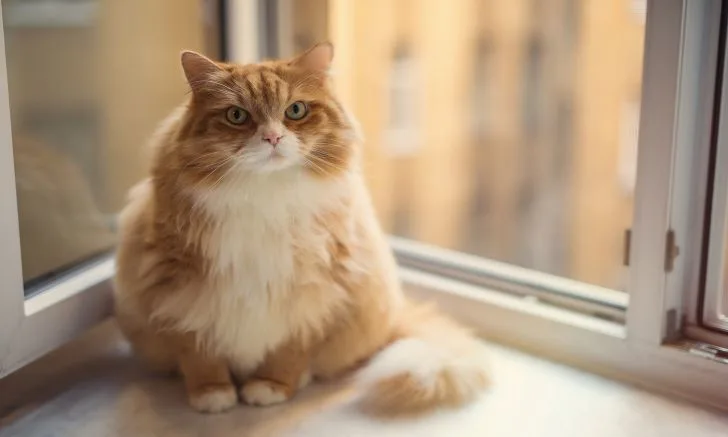Dual Therapy for Cats at Risk for Arterial Thromboembolism
Michael T. Nappier, DVM, DABVP, Virginia-Maryland College of Veterinary Medicine

In the Literature
Lo ST, Walker AL, Georges CJ, Li RH, Stern JA. Dual therapy with clopidogrel and rivaroxaban in cats with thromboembolic disease. J Feline Med Surg. 2022;24(4):277-283. doi:10.1177/1098612X211013736
The Research …
Cats with hypertrophic cardiomyopathy (HCM) often develop arterial thromboembolism (ATE). ACVIM guidelines for prevention of ATE recommend monotherapy with clopidogrel and addition of rivaroxaban in higher risk cats.1 Dual therapy is recommended based on human medicine literature,2 but there are no related studies in veterinary medicine.
This retrospective case series examined records of 32 cats administered clopidogrel and rivaroxaban on an outpatient basis that survived to discharge at a veterinary teaching hospital over 5 years. The study aimed to document adverse effects and clinical outcomes of dual therapy.
The only major adverse effects documented were bleeding diatheses, which affected 5 (15.6%) cats. Of these cats, rivaroxaban was discontinued in 1 cat, 1 cat died suddenly in the home, and 3 cats had clinical signs that self-resolved. None of these cats experienced recurrence of adverse effects, and 1 cat was alive at the end of the study.
Clinical outcomes in cats receiving dual therapy were generally positive. Eighteen cats had ATE prior to treatment. Of these, 3 (16.7%) developed an additional ATE. Cats with no history of ATE did not experience an ATE during treatment. Median survival time was 257 days for all cats starting dual therapy and 502 days for cats with a prior ATE event. Cats receiving aspirin, warfarin, and/or heparin in a previous study had a median survival time of 184 days.3
Although this study was retrospective and included only a small number of cases, results show promise for treatment of cats with HCM and ATE. A 2-drug regimen may significantly decrease the risk for ATE development in cats.
… The Takeaways
Key pearls to put into practice:
ATE is not always fatal. Modern antithrombotic therapy can significantly increase patient life span, especially in cats with previous ATE. In this study, 50% of cats that experienced an ATE survived >1 year after the first ATE and initiation of dual therapy.
Dual therapy with clopidogrel and rivaroxaban appears to be well tolerated in cats. Relatively few adverse effects (eg, hematuria, epistaxis, hematemesis) were recorded, and most resolved without treatment adjustment.
Not all cats with HCM have high risk for development of ATE. Prompt diagnosis of high-risk cats is essential for providing necessary treatment (eg, dual therapy).
You are reading 2-Minute Takeaways, a research summary resource presented by Clinician’s Brief. Clinician’s Brief does not conduct primary research.